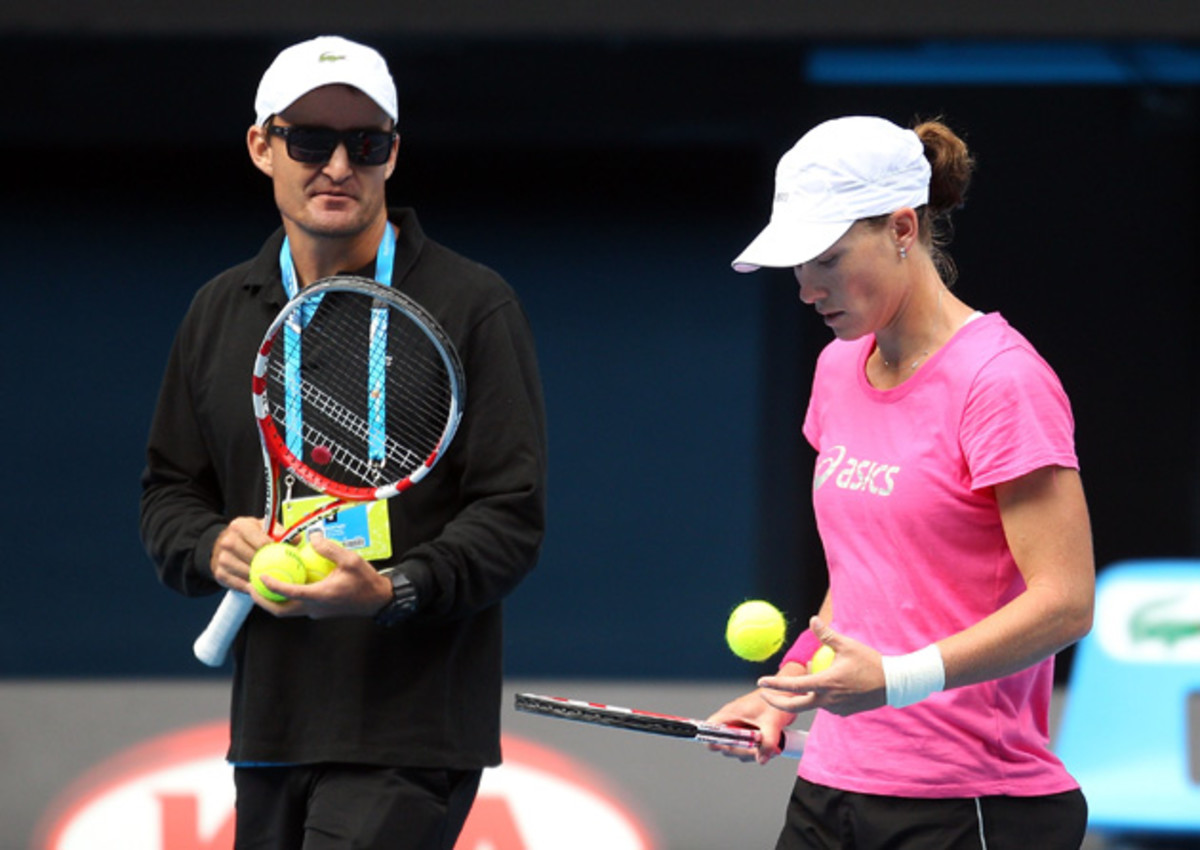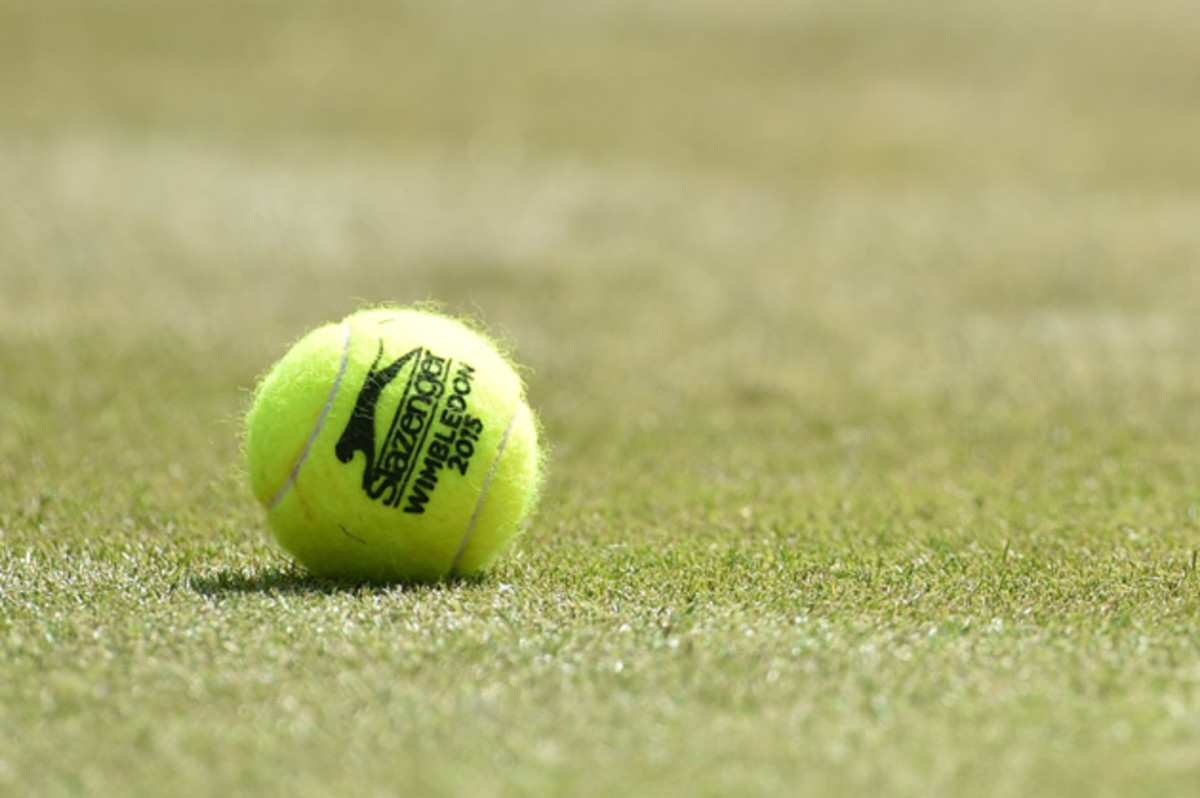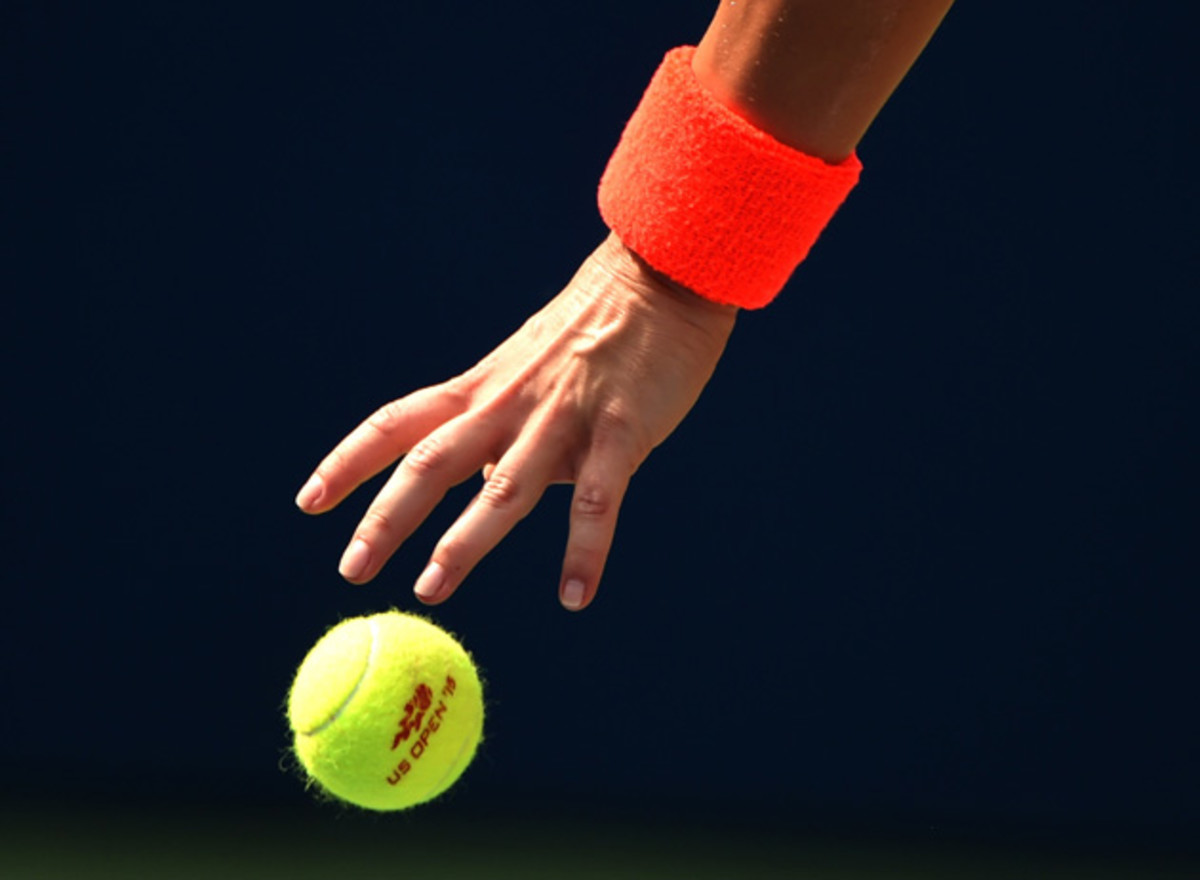Beyond the bounce: Different tennis balls mean varied player preparation

Some bounces come fast. Some balls, though, hang in the air just a little bit longer. Because of these slight differences in the way the ball bounces, every player on the ATP and WTA Tours has a specific preference when it comes to tennis balls. Every player must prepare for a tournament based on the official ball.
“It is funny that balls are not spoken about, but they have a massive impact on a tournament and a player,” says David Taylor, coach of former U.S. Open Champion Sam Stosur. “Some find it very difficult [to adapt to changes from tournament to tournament.] The first thing we do when we get to the tournament is work out what tension [the racket] will be with that ball.”

The International Tennis Federation (ITF) oversees the official ball, but the accepted range of size and weight allow for variances from ball to ball. Tennis balls must measure from 2.57 to 2.70 inches in diameter and weigh between 1.975 and 2.095 ounces, leaving a bit of wiggle room for differences. Plus, each manufacturer will have a different makeup in the way it weaves the felt, which is often a nylon-wool blend. The surfaces come into play, too. Hard court surfaces typically use a heavy-duty felt in a looser weave for durability and softer surfaces usually opt for a tighter weave, which fluffs up quicker.
Taylor knows the differences inside and out and says the players do too. He says every player he’s coached has felt more comfortable with a certain type of ball compared to others. Stosur, for example, enjoys the Penn ball, an American brand, and the Dunlop Fort, which Taylor says is “known as the world’s most consistent ball.”
The U.K.-based Dunlop ball proves popular throughout Europe and it's particularly well-liked on the ATP tour. The Dunlop was once the ball of choice for the French Open at Roland Garros, but they’ve since switched to Babolat, a French company.

The difference in balls dictates racket tension, but also style of play. Taylor says the heaviest ball on tour is the Slazenger, used at Wimbledon since the early 1900s. “It is quite heavy so it gets large, especially if it gets a little moist,” he says. “The amount of fluff makes a massive difference.”
As a ball wears down the felt makes the ball larger in size, slowing it down in the air and creating a larger bounce, which Taylor says affects an aggressive player's ability to finish a point or serve powerfully into a defensive opponent.
The felt matters so much, Taylor says, that the American-made balls—Penn and Wilson; both the U.S. Open and Australian Open use Wilson—are often larger in diameter but with less felt, creating a different feel for the players. “It is actually a smaller ball in your hand,” he says. “It is really strange.”
With such a difference from ball to ball—the crossweave of the felt alone differs based on the manufacturer—and tournament to tournament, the style of ball has as much affect on a player’s string tension prep as the weather and the court surface.
“I wish we had a uniform ball,” Taylor says. “That would be great. The men have gone toward that with all the Masters tournaments (using the same Dunlop ball), but the women have not.”
Players must also keep the ball in mind when preparing for their opponent. The more a player hits with spin, the more the felt gets disturbed and the quicker a ball fluffs. Playing a flat hitter doesn’t disturb the felt in the same way, meaning players need to be aware the ball will remain in original fluffiness longer, keeping it faster through the nine games the ball is in play.
Federer still having too much fun to think about retiring
Scott Clark, a physio for four of the top-10 Americans, says that the heavier the ball—special high-altitude balls come without pressure and, thus, are heavier—the more time he spends during the tournament on recovery of the soft tissue in the wrist, forearm and shoulder. “We may have to reduce the amount of practice time just to manage increased symptoms,” Clark says.
Then there comes the weather. Below every level of felt is vulcanized rubber. Heat effects rubber. “On a hot day, the ball plays differently than at night when it is cooler,” Taylor says. “There is much more bounce when it is hot and much less bounce when it is at nighttime.”
With such scrutiny on the ball, tennis balls have transformed into an exact science. In the 15th century, early tennis balls used leather stuffed with hair and wool or at times animal stomachs wrapped in wool and tied by rope. By the 18th century the balls evolved to use wool-covered cork. But that all became ancient history when vulcanized rubber took over in the late 1800s, with the two-piece rubber filled with pressurized gas to specifications determined by the ITF. Then the coverings evolved too, from flannel to the wool-nylon felt blend used today.

By covering the smooth rubber with the texture of felt, the balls aerodynamic properties improve and the felt helps regulate the speed and bounce. Plus, felt provides ample surface for rackets to grab the ball for additional spin. Ball colors have ranged for ages, with white the most common color before Penn made the first fluorescent yellow ball in 1968 and ITF research determined that yellow showed best on television. While ITF standards allow either white or yellow balls, tournaments soon started adopting yellow, with Wimbledon even making a change in 1986.
Every ball has a different bounce. And every player has a preference.
Tim Newcomb covers stadiums, sneakers and training for Sports Illustrated. Follow him on Twitter at @tdnewcomb.
